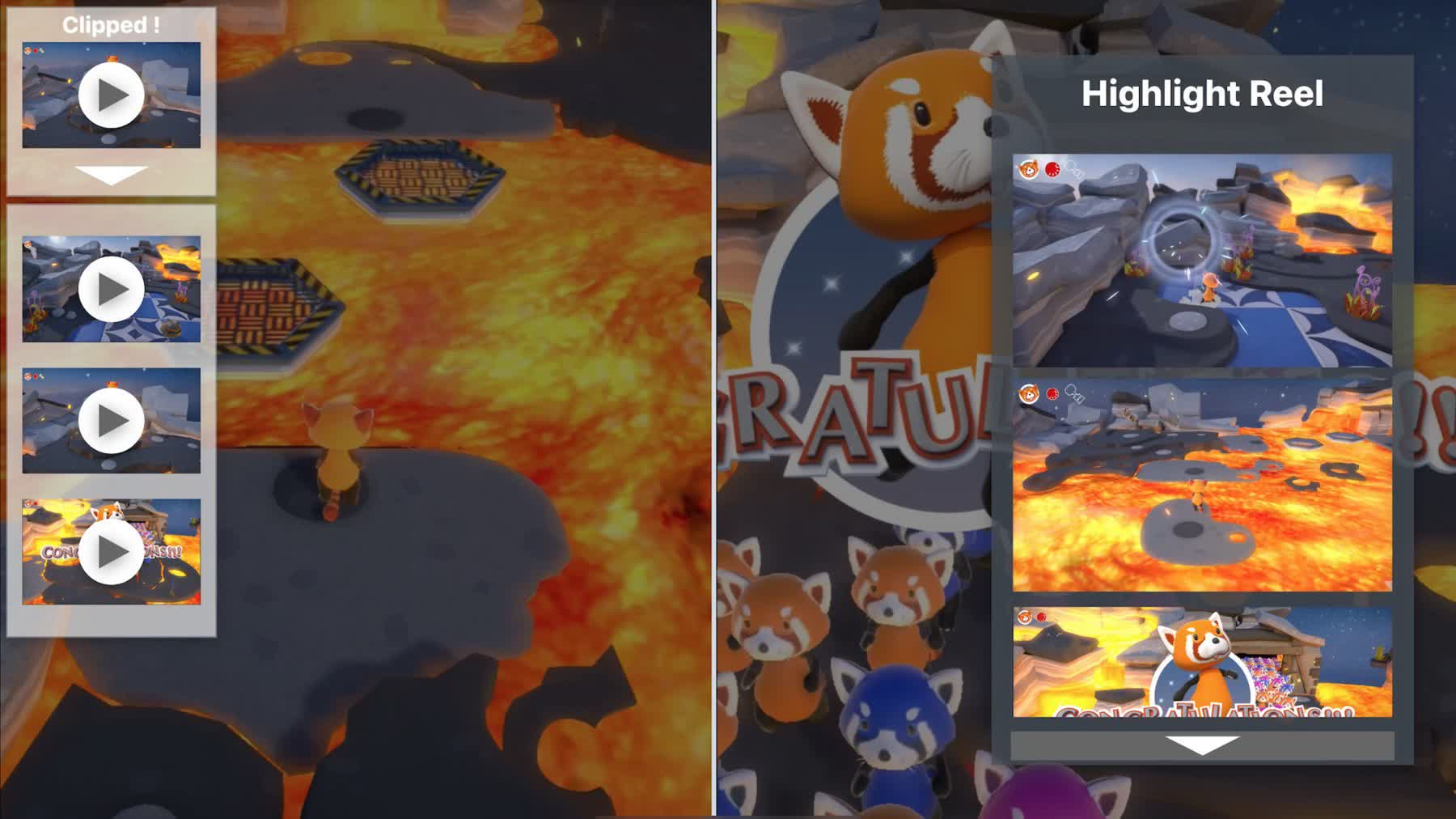[ad_1]
Why it matters: The iPhone is more suited to simple touch games because of its small screen. However, the iPad can make a great mobile gaming station whether streaming games from Stadia, using Remote Play, or playing them natively. This type of gaming is where controller support becomes essential. Apple has fallen somewhat short in this area, but things are improving in the upcoming iOS 15.
In May, Apple added support for the PlayStation 5’s DualSense and the Xbox Series X|S controllers in iOS14.5. Additionally, it expanded functionality to include the Share buttons on the new controllers and on the DualShock 4 (Xbox One does not have a share button). Previously, hitting Share did nothing, now it works just as it does when using it on the PS4, PS5, or XBSX.
During one of its WWDC 2021 sessions, Apple explained how it works. A quick press saves a screenshot to the camera roll. A long press starts recording gameplay, with a second long press stopping it and sending the video to the camera roll. Of course, this is great when you know what you want to record, like a boss battle. But what about those times you may wish to capture something unexpected, like a funny fail or skillful maneuver?
Sony solved this by continuously rolling a 15-minute reel of gameplay. Players wanting to save something just hit the share button, trim the 15 minutes down to what they need, then save or share it on social media.

Apple is bringing a similar functionality to iOS 15 and iPadOS 15. However, it reduced the video buffer to 15 seconds because of storage limitations. Granted, it’s not quite as versatile as Sony’s solution, but we’re dealing with limited hardware, so the developers had to make concessions.
Once the feature goes live in iOS and iPadOS 15 this fall, there will be a toggle in Settings to switch between regular recording and “Replay Capture.” A long-press saves the last 15 seconds of gameplay when set to the latter. Developers will also have an API they can call to trigger Replay Capture from within their games if they wish.
Additionally, Apple added tools that allow developers to use the DualSense controller’s adaptive trigger technology. It only takes a few short lines of code to make the shoulder buttons put up variable resistance. Developers wanting to utilize the feature in their existing games can do so with a relatively small patch.
Making console controllers behave the way players expect is important, and the experience has fallen short on past iterations of iOS. So it’s nice to see Apple spending a little time adding more functionality to existing Sony and Microsoft controllers.
Image credit: Miguel Lagoa
[ad_2]
Source link